10 Grandmas Whose Kindness Became the Heart of the Family
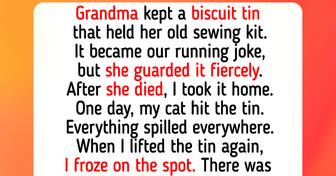

I know, right, why couldn’t we just strap a huge parachute to the entire plane? You bring up a great point — with some airplanes malfunctioning, why don’t we just make them float safely to the ground? I mean, if we can drop a human being on a parachute, why can’t we do the same for planes?
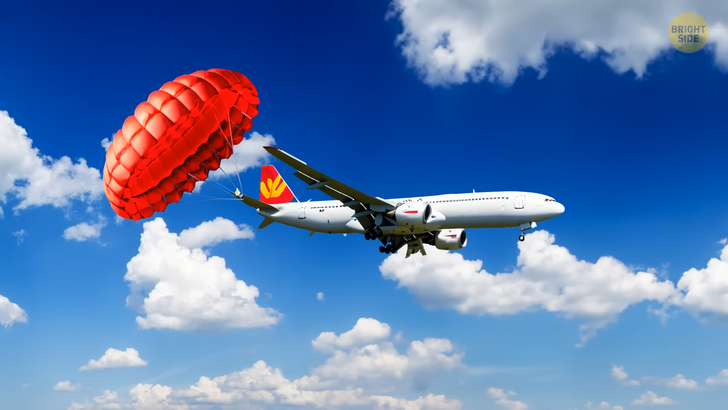
Well, my friend, the answer is simple — weight. Parachutes with the power to help float a jumbo jet would be extremely heavy, and that extra weight would cut into the number of seats for travelers. And let’s not forget that most commercial airplane malfunctions happen during takeoff or landing, when a parachute couldn’t be of much help anyway. Can you imagine how many parachutes the size of a football field we would need to safely land an Airbus A380?
That thing supports about 850 people and is about 400 times heavier than a small personal aircraft. Plus, adding more weight to the plane would mean fewer people on board each flight. That translates to more flights — just because there would be fewer seats on board, it doesn’t mean people don’t have to travel places, right? Well, that would mean more takeoffs and landings — and that makes the possibility of even more crashes way bigger.
Now, the idea isn’t all bad. There are whole-plane parachutes available for lightweight aircraft. The chute is located in the main body of the aircraft and can be actioned when the pilot triggers a handle somewhere in the ceiling. A big manufacturer of these devices is based in Miami. The founder thought of such a project after a glider he was in began spinning uncontrollably, and he ended up plunging into a lake! He eventually made it after this unfortunate event, but he shifted his ambitions to ways he could make flying in an airplane safer.
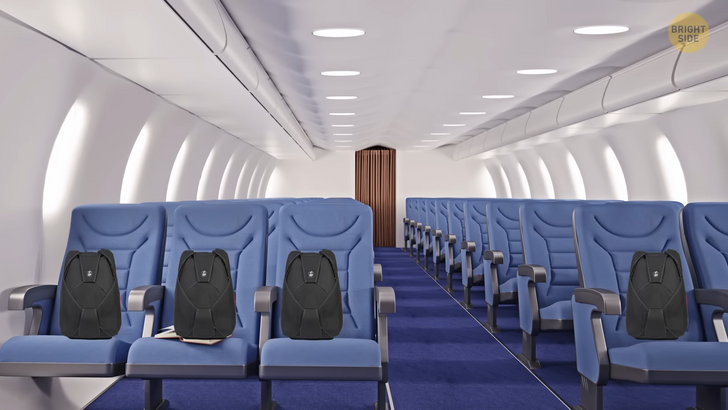
But what about parachutes for each passenger on board? Could we add those on board each flight to heighten the safety standards? Well, that would be extremely tricky in case of an emergency. Most of these events involve tens if not hundreds of people. Panic would quickly set among people on board. Nobody would be able to use their parachutes. Not to mention the landing itself. Even trained jumpers find it difficult at times. Most people boarding planes day to day don’t have such experience.
So, the best way is to shed weight. One solution would be to get rid of the bulkiest parts of an aircraft — like the wings or engines — once the parachutes are triggered. That way, only the main body of the airplane would be rescued, which includes the passengers. That sounds like a much better idea than having hundreds of panicked passengers trying to figure out how to use a parachute!
And in the end, there really aren’t many instances where a passenger parachute would really save a life. For starters, it would need to be during the day, otherwise, you have no idea what you’re doing. It would definitely need to be over a piece of land. Parachute or not, landing on water is not really a good idea. So, let’s just stick to our seat belts and hope for the best!
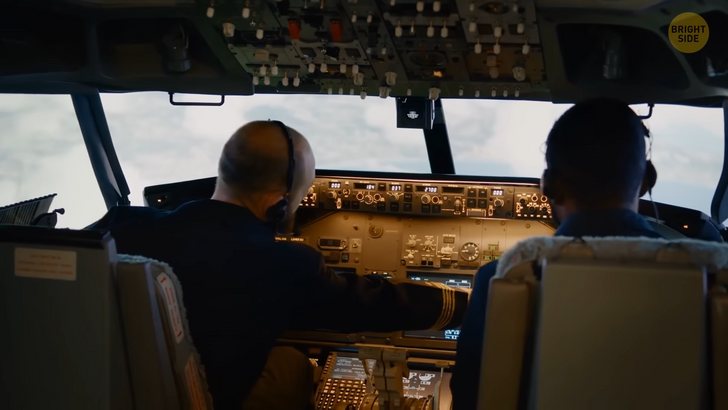
How about pilots, do they — or should they — have parachutes available during each flight? You see, flying a commercial plane is a whole different ball game than your average skydiving adventure. When you’re up in the air, way up at thousands of feet, the temperature is so low, and the air is so thin that jumping out of a plane would be a terrible idea. You’d freeze your toes off before you even had the chance to pull your parachute cord!
And let’s not forget about hypoxia, which is just a fancy way of saying that you can’t breathe properly at high altitudes. That’s why planes have oxygen masks for their passengers and crew, but skydivers at that height would need their own oxygen tanks, which is not exactly practical. Plus, have you ever tried to jump out of a plane mid-flight? It’s not like there’s a handy little door for you to hop out of.
Commercial planes are not designed for skydiving, and attempting such a stunt would be downright dangerous. So, while it might seem like a good idea to have pilots carry parachutes just in case, it’s just not practical for the type of flying they do. They’re better off sticking to their day job and leaving the skydiving to the professionals who know what they’re doing.
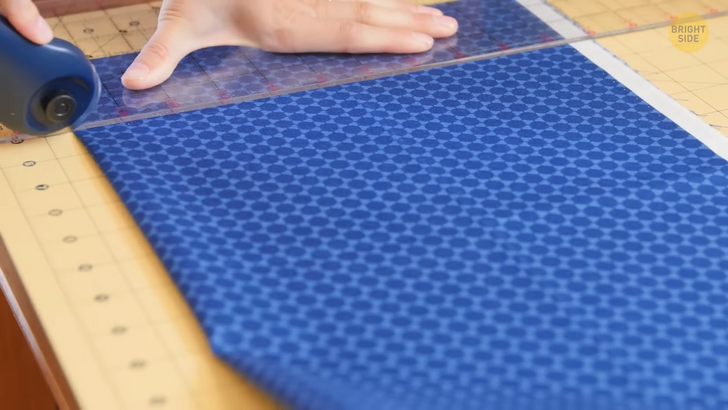
Parachutes are not just for jumping out of planes but are also used to reduce the speed of motion of objects in the atmosphere. In most cases, they are made out of strong cloth like silk or nylon and are designed to create drag and slow down an object’s motion. But what makes a good parachute? Well, it’s all in the fabric! A parachute’s cloth should have high breaking strength, tear resistance, elasticity, and air permeability.
The warp and filling yarns are specially cut and sewn, each in a particular direction. This helps to prevent any tears from spreading further. Parachutes are made from various raw materials such as canvas, silk, dacron, kevlar, and nylon. Ripstop nylon is a popular choice due to its lightweight, strength-to-weight proportion, waterproof and tear-resistant qualities. The manufacturing process of parachute fabric is quite intricate, with steps involving assembling, finishing, and rigging.
During assembly, the ripstop nylon cloth is cut to pattern pieces by a computer-guided mechanism or manually using a round-bladed electric knife. The trapezoidal panels are sewn together to form a wedge-shaped device. Then, a number of these devices are sewn together side by side to form a circular canopy.
Each panel and seam is carefully inspected for defects, pleats, or incorrect stitches per inch! With the right materials and careful construction, a parachute can safely land a person on the ground in case of an emergency. Next time you see a parachute, remember all the hard work and attention to detail that went into making it!

Speaking of amazing parachutes, a little company from Devon just made history! They are the masterminds behind the special hi-tech parachute fabric that helped NASA’s latest rover, Perseverance, safely land on Mars. The challenge was not easy: they needed to create a lightweight fabric that could withstand extreme heat and carry a spacecraft safely to its destination.
But after 15 years of hard work, they did it! The unique fabric was developed using a high-tenacity nylon yarn spun at high speed, and after being washed, colored, and processed with a special finish, it was ready for the big test. The material was then sewn into its parachute form in the US and tested in the world’s largest wind tunnel.
But the best part of the story was when the director of the company’s woven fabric department saw the landing on Mars. He basically lost all cool when watching his product on TV safely making it to the red giant. How did they manage to grab such an amazing gig, you might wonder? Well, the company was approached by NASA after exhibiting their work at industry events in the US, and gee, did they deliver!
They created this “bespoke” fabric that allowed the Perseverance Rover to make a “soft landing” on Mars. You know, should you ever find yourself on Mars and see a parachute lying around, don’t forget to thank these amazing people and their cool parachutes! Their piece of fabric will stay there until someone comes and “tidies up” the planet.
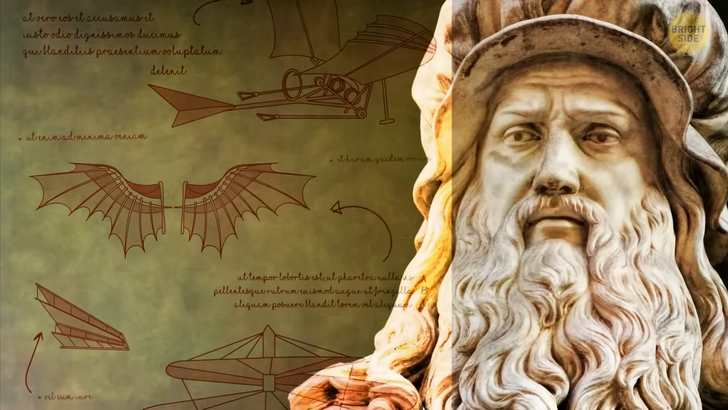
Most people credit famous inventor Leonardo da Vinci with inventing the parachute, but this is, in fact, a myth. In 1968, some researchers were poking around some ancient Renaissance drawings and found some sketches that looked just like Leo’s parachute design. But get this: they were actually from the studio of an Italian inventor who lived 70 years before Leonardo was even born!
This Italian inventor was a real Renaissance man. He was one of the first people to use drawings as a design tool, which was a pretty big deal at the time. Before him, inventors just kinda winged it and hoped for the best. His manuscripts were full of all sorts of contraptions. Some were totally original, while others were copies of ancient designs.
And guess what? His parachute idea wasn’t even his own — it was inspired by another previous inventor who supposedly jumped off a building and only got a few scratches!











